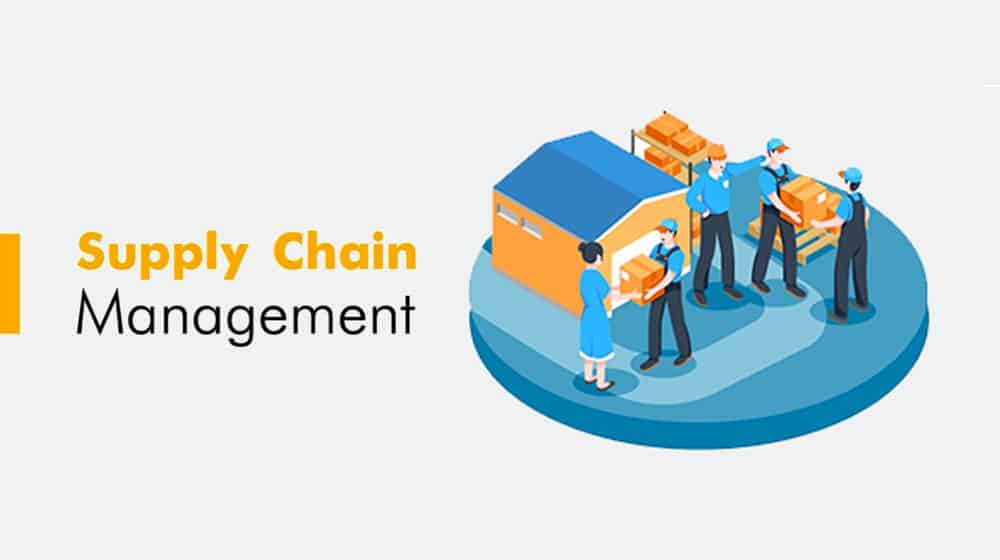
Supply chain management (SCM) is the process of efficiently managing the flow of goods, services, and information from the point of origin to the end consumer.
In today’s global economy, a well-structured and efficient supply chain is crucial for businesses to remain competitive and meet customer demands.
This guide provides an in-depth look at the key components, challenges, best practices, strategies, and future trends in supply chain management, along with real-life case studies.
Key Components of Supply Chain Management
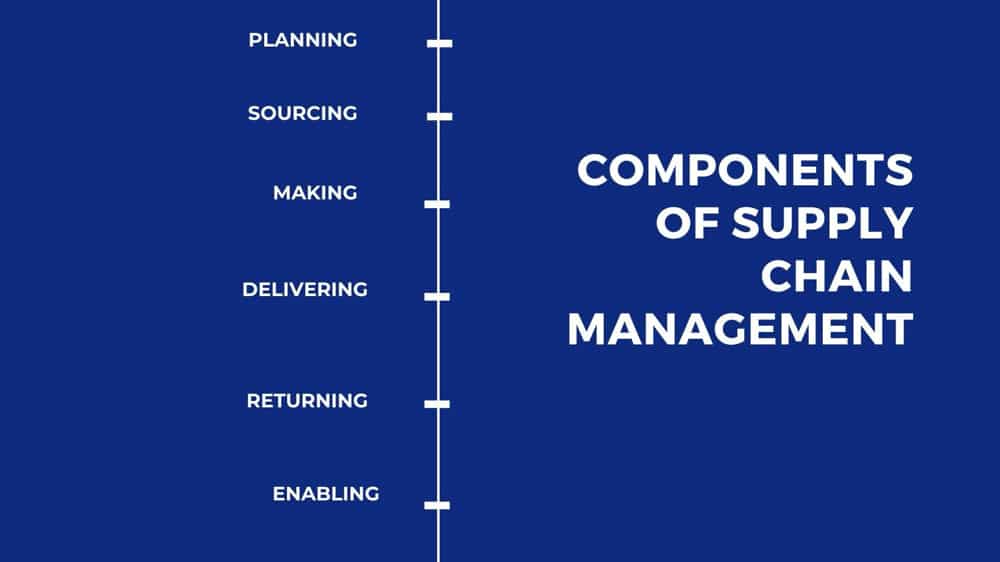
1. Planning and forecasting
Effective planning and forecasting are essential for determining the appropriate levels of inventory, production, and distribution throughout the supply chain.
This process involves assessing customer demand, analyzing historical data, and predicting future trends to ensure a seamless flow of goods and services.
2. Procurement and sourcing
Procurement and sourcing involve selecting and acquiring the necessary raw materials, components, and services from suppliers.
This process includes activities such as supplier selection, negotiation, contracting, and risk management.
3. Production and manufacturing
Production and manufacturing encompass the transformation of raw materials and components into finished products.
This process involves activities such as design, engineering, quality control, and production scheduling.
4. Logistics and transportation
Logistics and transportation involve the movement of raw materials, components, and finished products throughout the supply chain.
This process includes activities such as transportation planning, carrier selection, routing, and shipment tracking.
5. Warehousing and inventory management
Warehousing and inventory management involve the storage, handling, and control of raw materials, components, and finished products.
This process includes activities such as order fulfillment, inventory control, and warehouse management.
Challenges in Supply Chain Management

1. Supply chain risk management
Managing risks in the supply chain is critical for ensuring its resilience and sustainability.
Risks can stem from various factors, including natural disasters, geopolitical events, supplier disruptions, and transportation delays.
2. Supply chain sustainability
Sustainability in the supply chain focuses on minimizing the negative environmental, social, and economic impacts while maximizing the positive ones.
This includes reducing waste, conserving energy, and promoting fair labor practices.
3. Globalization and cultural differences
Globalization has led to increasingly complex supply chains that span multiple countries and continents.
As a result, supply chain managers must navigate cultural differences, language barriers, and varying regulations.
4. Technological advancements
The rapid pace of technological advancements presents both opportunities and challenges for supply chain management.
While innovations can lead to improved efficiency and cost reductions, they also require constant adaptation and investment.
5. Competition and market demands
In today’s fast-paced and competitive business environment, supply chain managers must continuously adapt to changing market demands and customer preferences while maintaining cost-efficiency and operational excellence.
Best Practices in Supply Chain Management

1. Building strong supplier relationships
Strong relationships with suppliers are essential for ensuring a reliable and resilient supply chain.
This involves maintaining open communication, mutual trust, and collaboration.
2. Implementing efficient inventory management
Efficient inventory management minimizes carrying costs, reduces stockouts, and improves cash flow.
Techniques include just-in-time inventory, demand forecasting, and safety stock calculations.
3. Utilizing advanced technologies
Incorporating advanced technologies, such as artificial intelligence, blockchain, and robotics, can significantly enhance supply chain efficiency, transparency, and decision-making.
4. Monitoring and measuring supply chain performance
Regularly monitoring and measuring supply chain performance using key performance indicators (KPIs) is essential for identifying areas of improvement and ensuring operational efficiency.
Common KPIs include on-time delivery, inventory turnover, and order accuracy.
5. Establishing contingency plans
Developing contingency plans helps businesses prepare for and mitigate potential disruptions in the supply chain.
These plans should address various scenarios, including supplier failures, transportation delays, and natural disasters.
Supply Chain Management Strategies
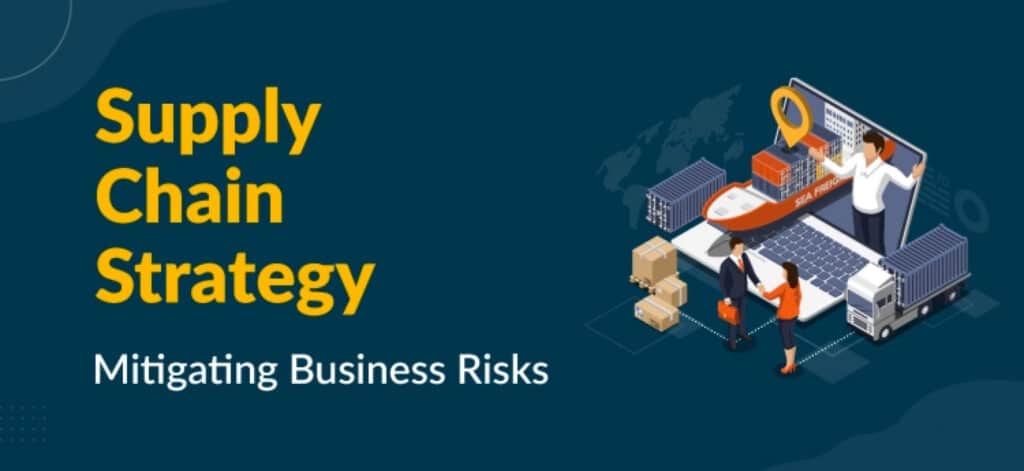
1. Lean supply chain
A lean supply chain focuses on eliminating waste and inefficiencies through continuous improvement initiatives, such as just-in-time inventory management, value stream mapping, and process standardization.
2. Agile supply chain
An agile supply chain emphasizes flexibility and adaptability to respond rapidly to changes in demand, customer preferences, or market conditions.
Key components include decentralized decision-making, quick response capabilities, and cross-functional teams.
3. Resilient supply chain
A resilient supply chain is designed to withstand and recover quickly from disruptions.
Strategies for building a resilient supply chain include risk management, diversifying suppliers, and maintaining excess capacity.
4. Green supply chain
A green supply chain focuses on minimizing the environmental impact of supply chain operations.
This includes adopting eco-friendly practices, such as sustainable sourcing, energy-efficient transportation, and waste reduction.
Supply Chain Management in Different Industries
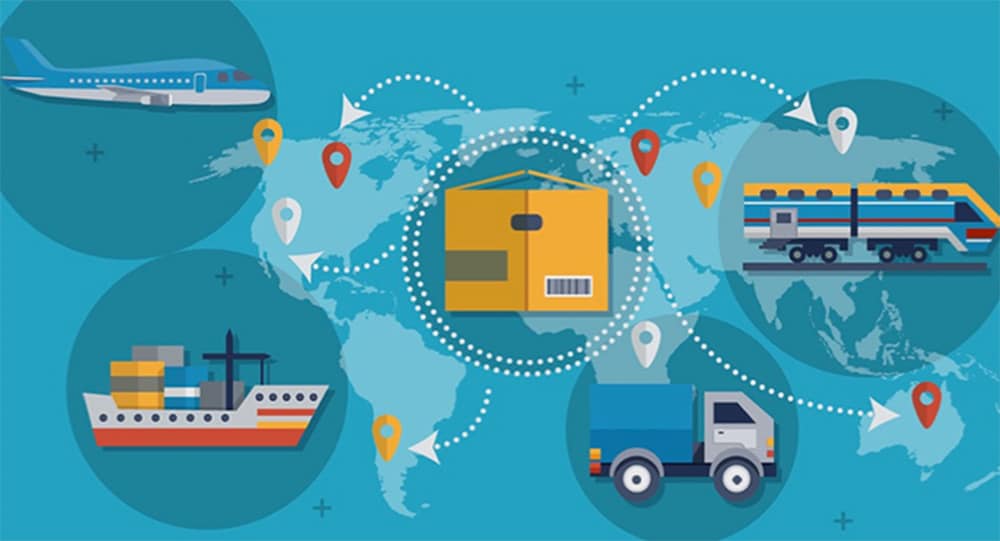
1. Retail supply chain
The retail supply chain involves the movement of goods from manufacturers to consumers through various channels, including brick-and-mortar stores and e-commerce platforms.
Key challenges include inventory management, demand forecasting, and omnichannel integration.
2. Food supply chain
The food supply chain encompasses the entire journey of food products from farm to fork.
Key challenges include maintaining product quality and safety, minimizing food waste, and adhering to strict regulations.
3. Pharmaceutical supply chain
The pharmaceutical supply chain includes the procurement, manufacturing, and distribution of drugs and medical devices.
Key challenges include ensuring product quality and safety, managing regulatory compliance, and combating counterfeit products.
4. Automotive supply chain
The automotive supply chain involves the production and distribution of vehicles and their components.
Key challenges include managing the complexity of global supply chains, adopting new technologies, and ensuring timely delivery of parts and materials.
5. Technology supply chain
The technology supply chain includes the sourcing, production, and distribution of electronic products and components.
Key challenges include managing rapid product obsolescence, ensuring data security, and maintaining a sustainable supply chain.
Future of Supply Chain Management
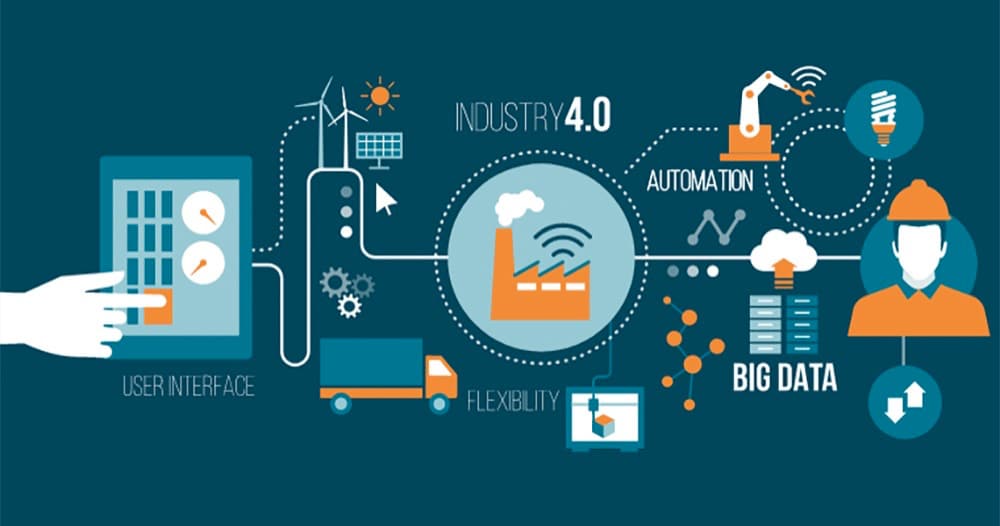
1. Predictive analytics and artificial intelligence
Predictive analytics and artificial intelligence (AI) will play a significant role in enhancing supply chain efficiency, enabling better demand forecasting, risk management, and decision-making.
2. Blockchain technology
Blockchain technology offers the potential to improve supply chain transparency, traceability, and security by providing a decentralized and tamper-proof record of transactions.
3. Robotics and automation
Robotics and automation will continue to revolutionize supply chain operations, particularly in areas such as warehousing, transportation, and manufacturing.
4. Circular economy
The shift towards a circular economy, which emphasizes resource efficiency and waste reduction, will drive innovation in supply chain management and promote sustainable business practices.
5. Sustainable supply chain management
Sustainable supply chain management will become increasingly important as businesses prioritize environmental and social responsibility, implementing strategies to minimize negative impacts and maximize positive ones.
Supply Chain Management Case Studies
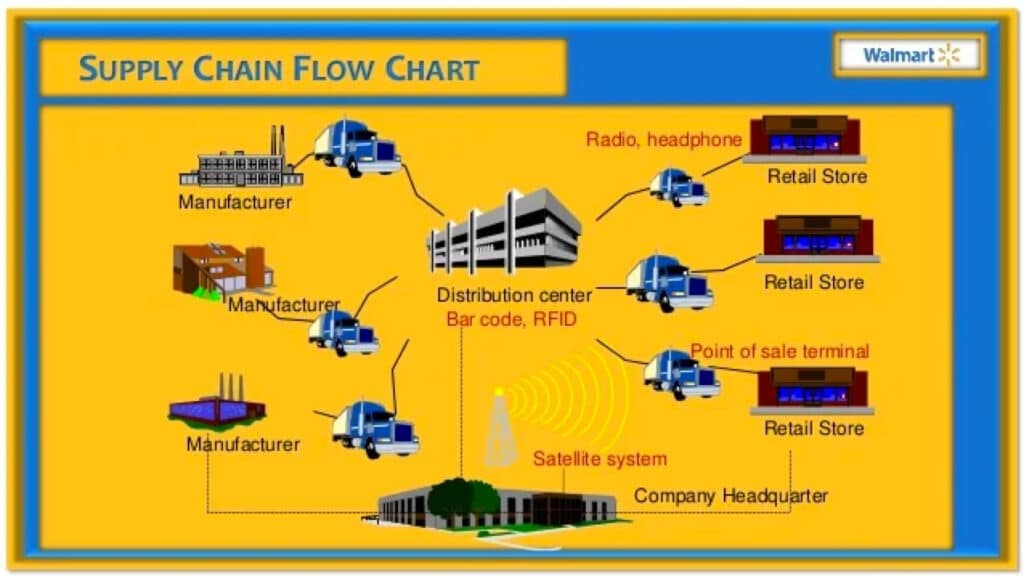
1. Walmart: Retail Supply Chain Efficiency
Walmart’s success comes from its centralized distribution system, technology investments, and strong supplier relationships.
By continuously refining supply chain operations, Walmart maintains low prices and high product availability.
2. Zara: Agile Supply Chain in Fashion
Zara’s vertically integrated supply chain and in-house production allow it to quickly adapt to changing market trends.
Advanced data analytics and real-time inventory tracking support informed decision-making, giving Zara a competitive edge in the fast-paced fashion industry.
3. Toyota: Lean Manufacturing in Automotive Supply Chain
Toyota’s Toyota Production System (TPS) focuses on waste reduction, continuous improvement, and just-in-time inventory management.
Emphasizing supplier collaboration ensures a reliable and resilient supply chain, making TPS a benchmark for operational excellence across industries.
4. Starbucks: Sustainable Supply Chain in Coffee Industry
Starbucks prioritizes sustainability and ethical sourcing through its Coffee and Farmer Equity (C.A.F.E.) Practices program.
Collaboration with suppliers and support in training, resources, and financial incentives strengthen Starbucks’ brand reputation and long-term business success.
Conclusion
Supply chain management is a critical aspect of any business, impacting efficiency, profitability, and customer satisfaction.
By understanding the key components, challenges, and best practices, businesses can develop and implement effective strategies to optimize their supply chain operations.
Furthermore, staying informed about future trends and technological advancements will ensure that companies can adapt and maintain a competitive edge in an ever-changing global market.
We are Yansourcing, a leading sourcing company in China, dedicated to helping our clients source products from China at the most competitive prices. If you are interested in importing from China, please feel free to contact us.
FAQs
1. What is the main goal of supply chain management?
The main goal of supply chain management is to optimize the flow of goods, services, and information from the point of origin to the end consumer, ensuring efficiency, cost-effectiveness, and customer satisfaction.
2. What are some challenges faced by supply chain managers?
Some challenges faced by supply chain managers include supply chain risk management, sustainability, globalization and cultural differences, technological advancements, and competition and market demands.
3. How can technology improve supply chain management?
Technology can improve supply chain management by enhancing efficiency, transparency, and decision-making through the use of predictive analytics, artificial intelligence, blockchain technology, and robotics and automation.
4. What is the difference between a lean supply chain and an agile supply chain?
A lean supply chain focuses on eliminating waste and inefficiencies through continuous improvement initiatives, while an agile supply chain emphasizes flexibility and adaptability to respond rapidly to changes in demand, customer preferences, or market conditions.
5. Why is sustainability important in supply chain management?
Sustainability is important in supply chain management because it helps minimize the negative environmental, social, and economic impacts of supply chain operations while maximizing the positive ones.
Sustainable supply chain practices can also enhance a company’s reputation, improve customer loyalty, and ensure long-term business success.
